Communiqué
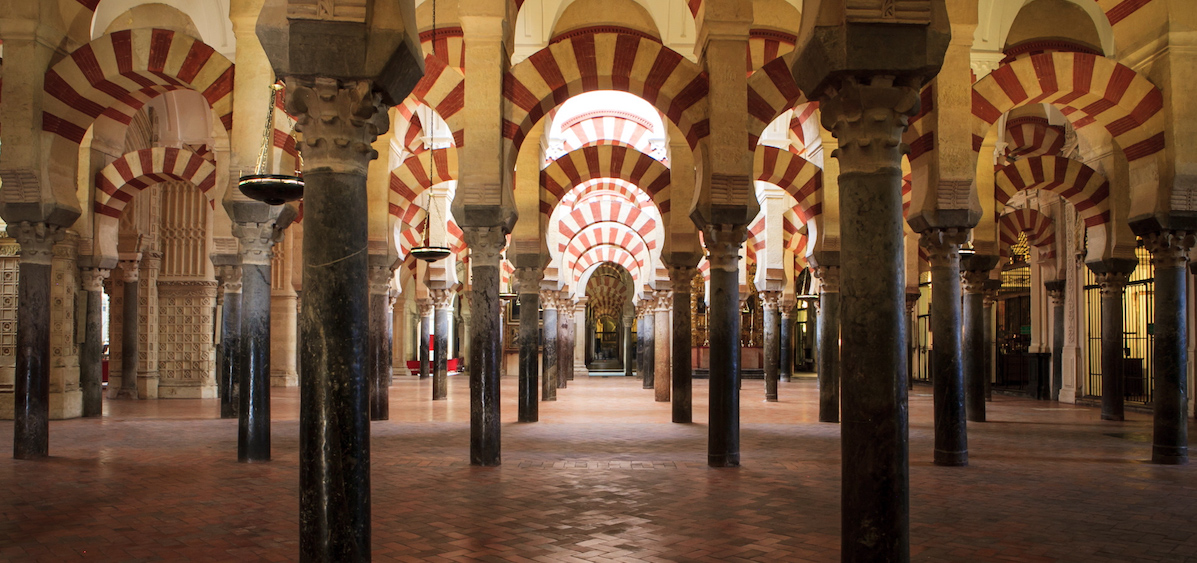
The story of a remarkable time in history in “The Ornament of the World” – Monday, December 26 at 9 pm
< < Back toTHE ORNAMENT OF THE WORLD
Monday, December 26, 2022
The Story Of Medieval Spain, a Rich and Complex Period When Muslims, Christians and Jews Shared a Vibrant Culture
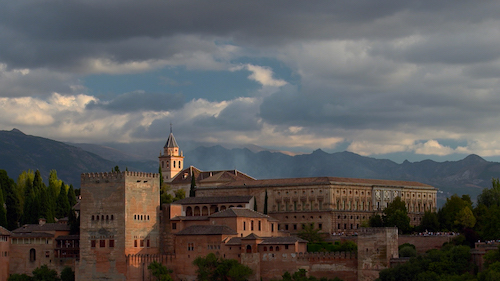
THE ORNAMENT OF THE WORLD explores a story from the past that is especially relevant today: a remarkable time in medieval Spain when Muslims, Christians, and Jews forged a common cultural identity that frequently transcended their religious differences. From 711, when Muslim armies swept across the Mediterranean, until 1492, when Christian power was consolidated under King Ferdinand and Queen Isabella, the era lasted almost 800 years. During this period, known as La Convivencia, the intermingling of these three groups led to a vibrant shared culture of arts, architecture, science, music, and letters, raising Spain to dazzling heights of glory and power. A fascinating journey through the cities at the center of the story — Cordoba, Seville, Toledo, and Granada — the film reveals what made this rare and fruitful collaboration possible, and what ultimately tore it apart. Blending evocative location cinematography with dramatic animation, the film is based on the book by Maria Rosa Menocal and directed by Michael Schwarz.
In today’s world, when Christianity, Judaism and Islam often seem more inclined to violent conflict rather than peaceful cooperation, few remember the period when the three monotheistic faiths lived together in relatively harmonious, mutually enriching cultures. THE ORNAMENT OF THE WORLD explores the complexities and contradictions of this misunderstood era through a series of portraits of major figures. With stories as unexpected as they are riveting, they include Jewish and Christian thinkers writing in Arabic; Muslim conquerors building empires where Judaism and Christianity flourish; and a variety of poets, philosophers and religious leaders who helped define our ideas about religion, philosophy and human nature, asking questions that we continue to ask today.
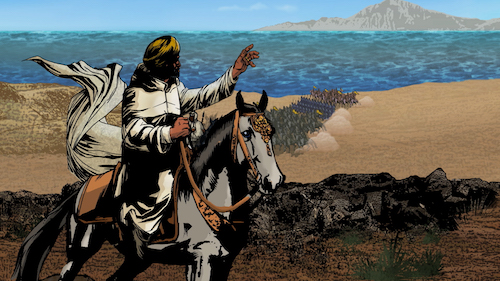
Filmed on location, THE ORNAMENT OF THE WORLD highlights stunning architectural wonders such as the Great Mosque of Cordoba, medieval synagogues in Toledo, the Alcazar in Seville, and the Alhambra in Granada. Changing little over the centuries, the historical areas of these cities — with their cobbled streets, ancient mosques and tiny synagogues — bear powerful witness to the people who constructed them. The film also draws upon a rich trove of arts and artifacts and features illuminated manuscripts, frescoes, tiles, objects and paintings preserved at the Spanish National Archeological Museum in Madrid and elsewhere. Interviews with the late Maria Rosa Menocal and leading scholars in medieval Spain, Judeo-Islamic studies, art and architecture, Middle Eastern Studies and more bring valuable insights to the film.
Eight hundred years after Muslim armies first invaded Spain, the period of La Convivencia drew to a painful, prolonged and bloody close. By the early 16th century, King Ferdinand and Queen Isabella forced both Jews and Muslims to convert to Christianity, leave Spain, or be slaughtered. It was an ending so traumatic that it has obscured the story of a time and place where Muslims, Jews and Christians created a common culture, one whose legacy still continues today.
“Culture is powerful and often contradictory to political and ideological narratives,” said Menocal. “It tells us a different story. Sometimes it tells the more lasting and important and enduring story.”
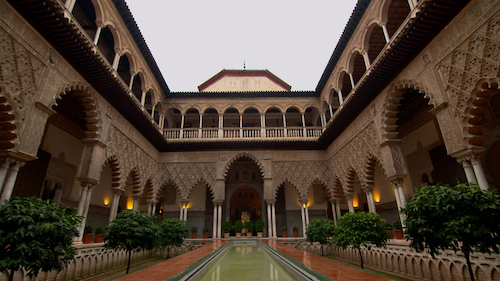
Participants (in alphabetical order):
Abigail Balbale, Assistant Professor, Middle Eastern and Islamic Studies, New York University.
Ross Brann, Milton R. Konvitz Professor of Judeo-Islamic Studies, Cornell University.
Richard Bulliet, Professor Emeritus, Middle Eastern Studies, Department of History, Columbia University.
Jerrilynn Dodds, Harlequin Adair Dammann Chair in Islamic Studies, Sarah Lawrence College.
Reuven Firestone, Professor of Medieval Judaism and Islam, Hebrew Union College.
Adnan Husain, Associate Professor and Queen’s National Scholar, Medieval European and Islamic World History, Queen’s University.
David Levering Lewis, Silver Professor of History, New York University.
Peter Linehan, Fellow and Dean of St. John’s College, Cambridge, England.
Maria Rosa Menocal (1953-2012), was the Sterling Professor of the Humanities, Yale University. The Ornament of the World is based on her book of the same title.
David Nirenberg, Dean of the Divinity School, and Deborah R. and Edgar D. Jannotta Distinguished Service Professor of Medieval History and the Committee on Social Thought, University of Chicago.
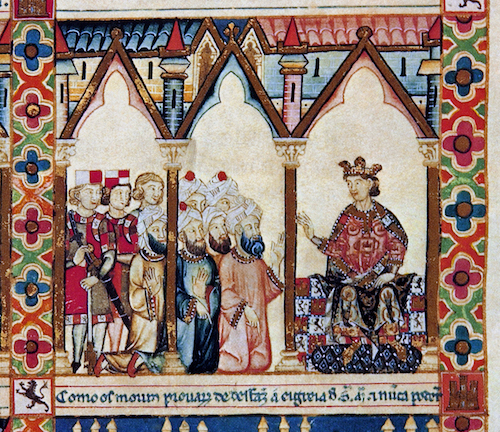
F.E. Peters, Professor Emeritus of History, Religion and Middle Eastern and Islamic Studies, New York University.
Dwight Reynolds, Professor of Arabic Language and Literature in the Department of Religious Studies, University of California at Santa Barbara.
Teofilo Ruiz, Professor of History, University of California, Los Angeles.
Fairchild Ruggles, Associate Professor in Landscape Architecture, Architecture, and Art History, University of Illinois at Urbana-Champaign.
THE ORNAMENT OF THE WORLD is directed by Michael Schwarz and produced by Kiki Kapany and Schwarz. Original Music is by Jamshied Sharifi and animation by Brian O’Connell. Director of Photography is Vicente Franco. Editors are Gail Huddleson and Rhonda Collins.
Major funding for THE ORNAMENT OF THE WORLD provided by the National Endowment for the Humanities. Additional funding provided by King Philanthropies, the Mosaic Foundation, the Enid and Crosby Kemper Family Foundation, the R.C. Kemper, Jr. Charitable Trust, and Sheila and Mark Wolfson.
About the Filmmakers
Michael Schwarz (Director/Producer) founded Kikim Media with his wife Kiki Kapany in 1996 after working for many years in public television as an independent producer and then as part of the senior management team at KQED, the PBS affiliate in San Francisco. Schwarz’s work has been honored with some of the most prestigious awards in broadcasting, including national Emmy Awards, George Foster Peabody Awards, and the Alfred I. duPont-Columbia University Journalism Award for Investigative Journalism.
Kiki Kapany (Producer) is CEO of Kikim Media. She combines a background in media and law (J.D. ’86). Her legal experience combined with her creative approach to worldwide production has helped guide Kikim since its inception. She manages all of Kikim’s day-to-day business, including development, strategic planning, finance and administration. She has executive produced or produced all of Kikim’s projects.

